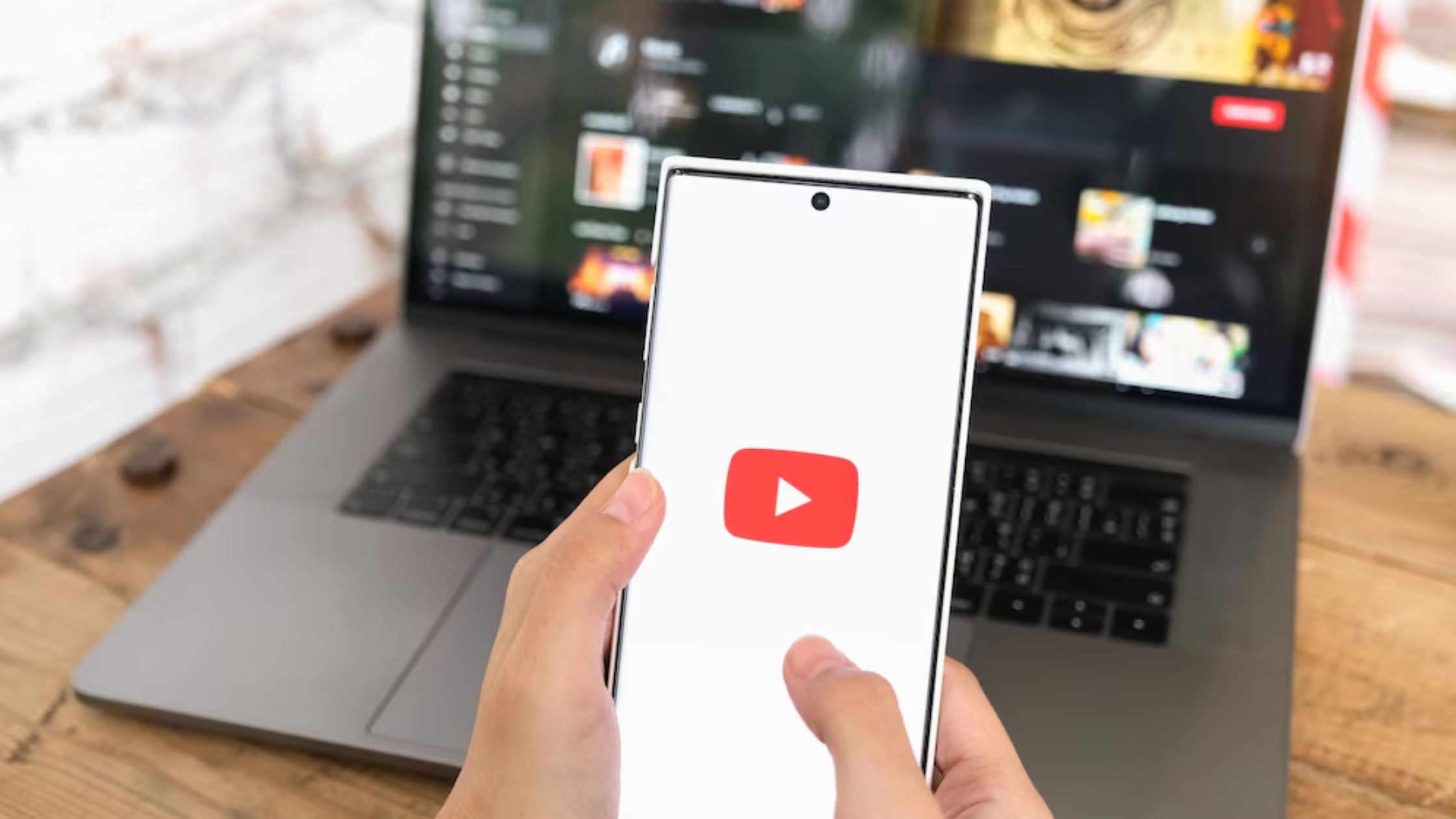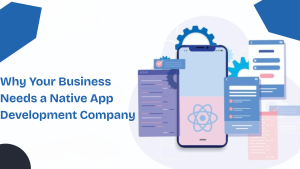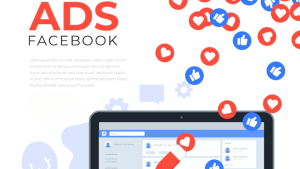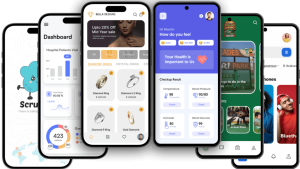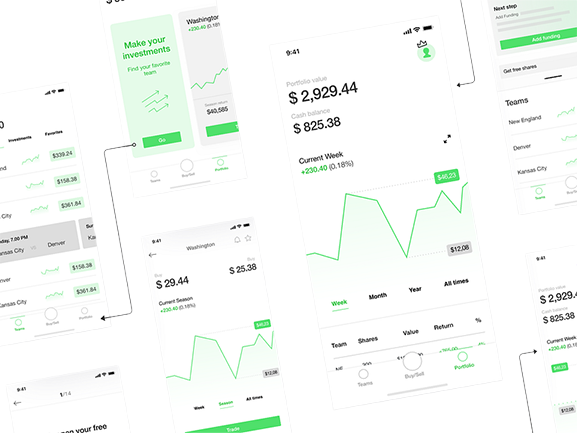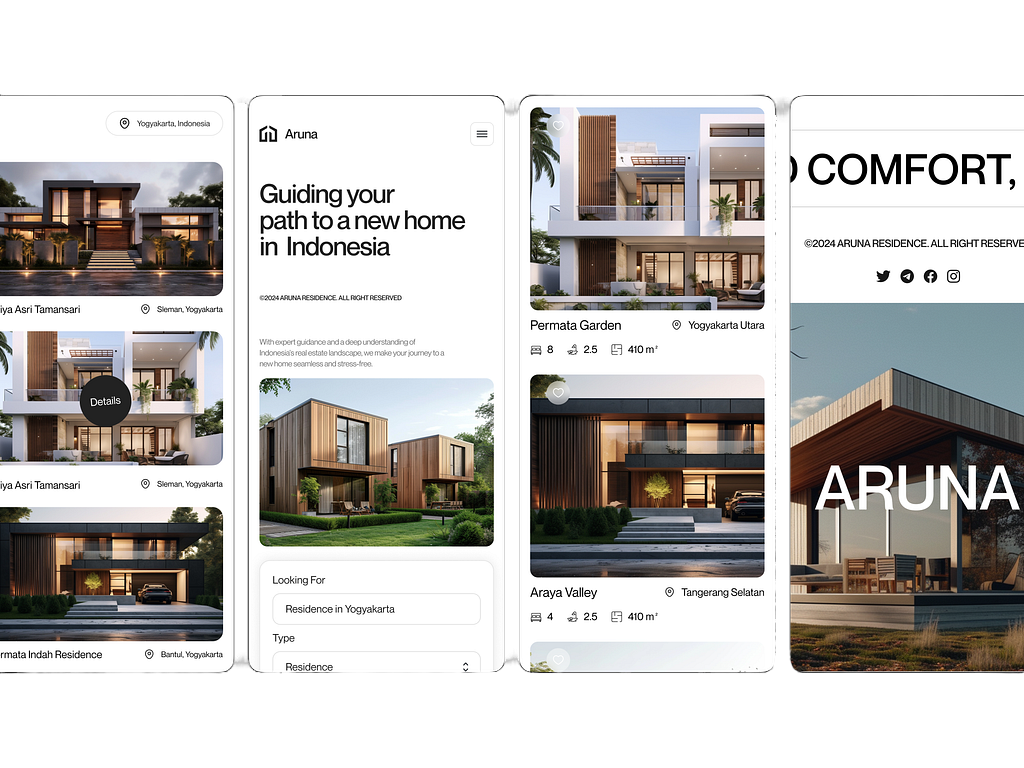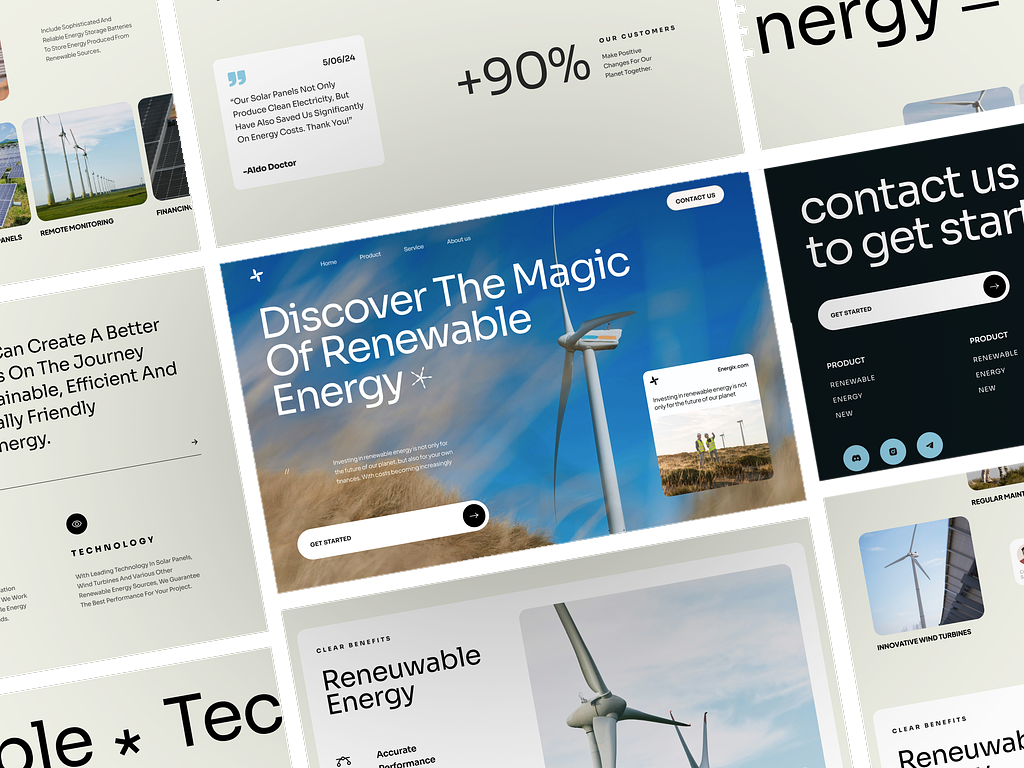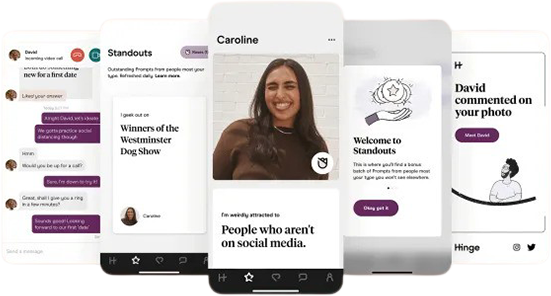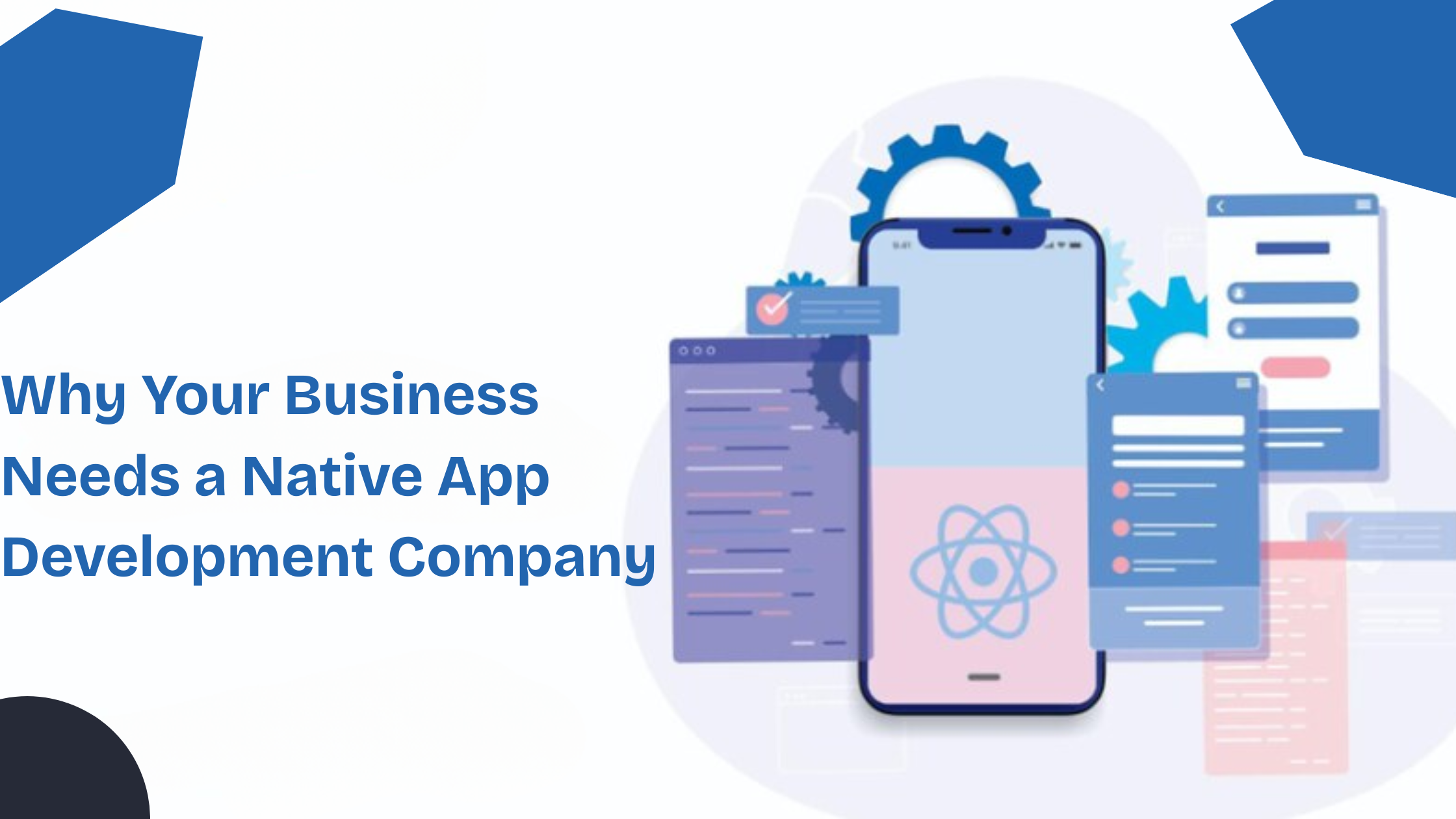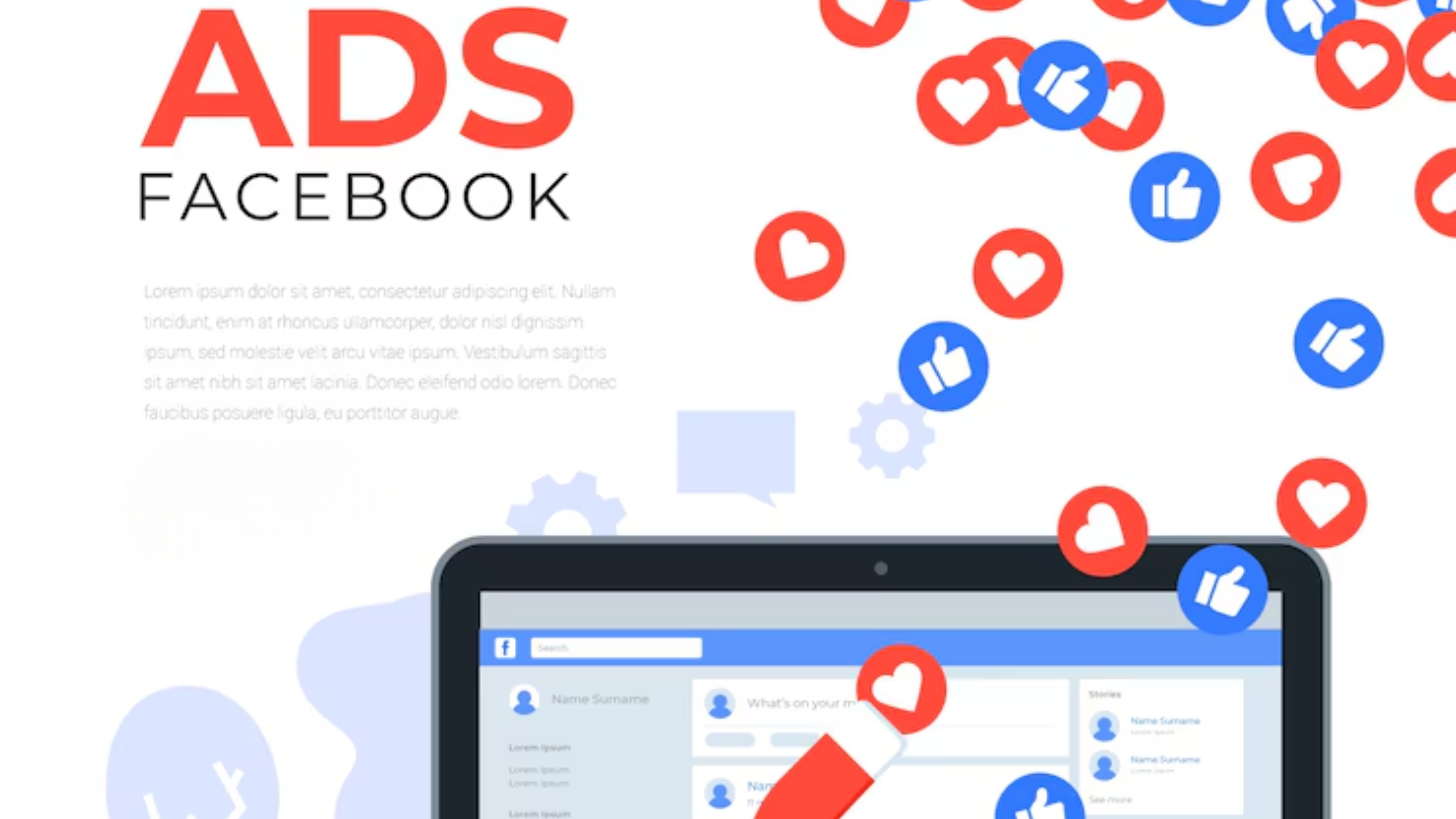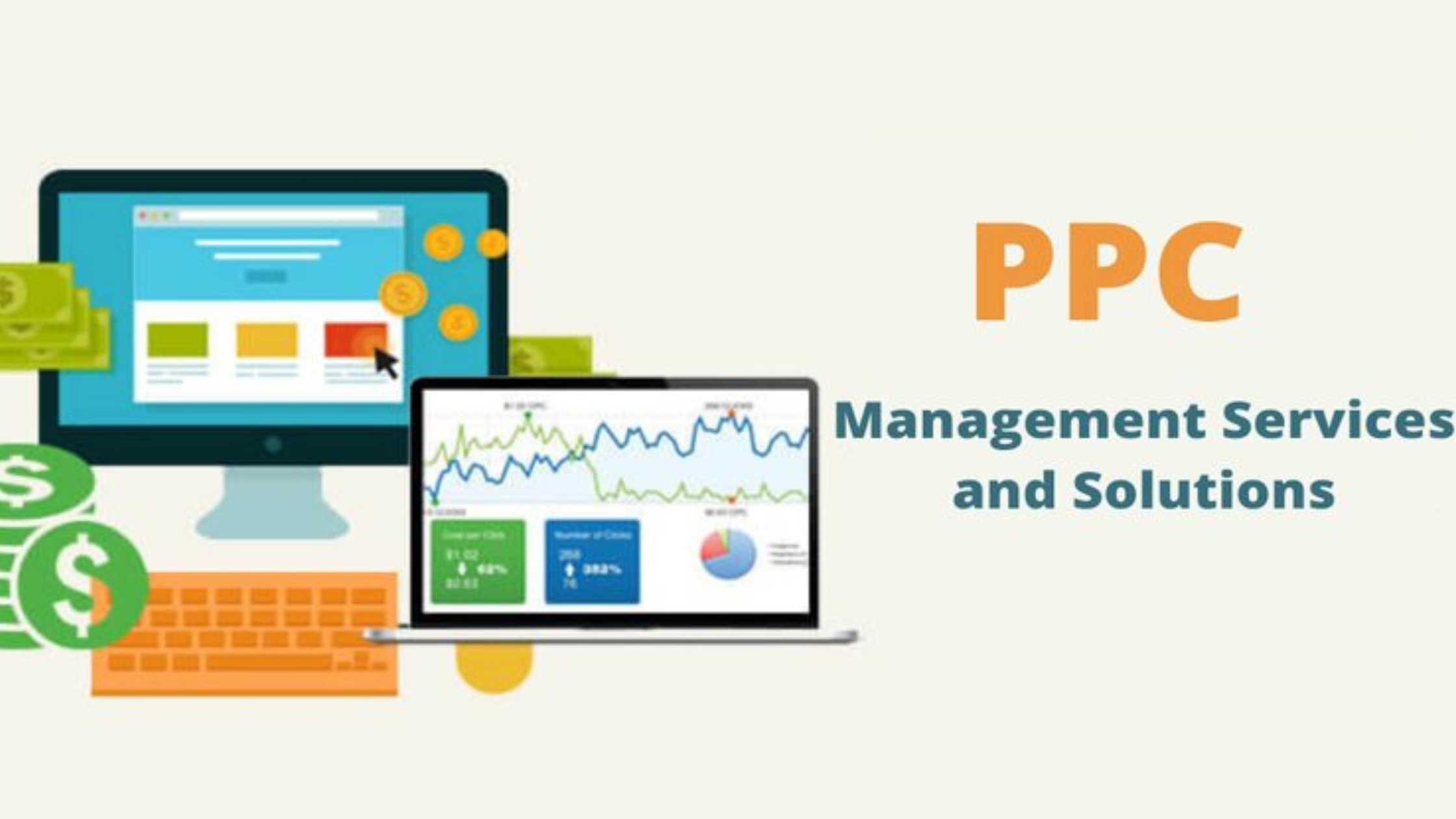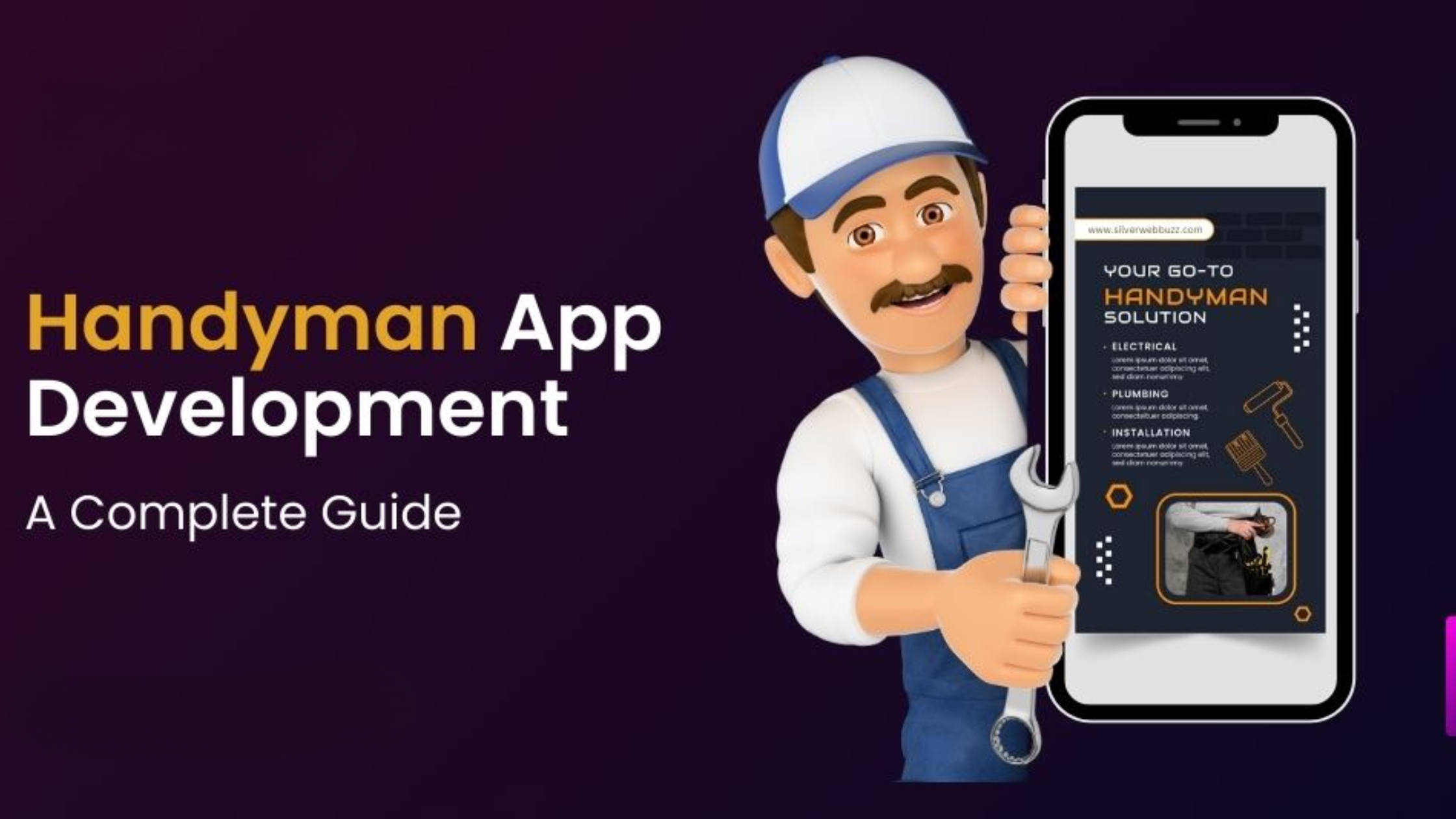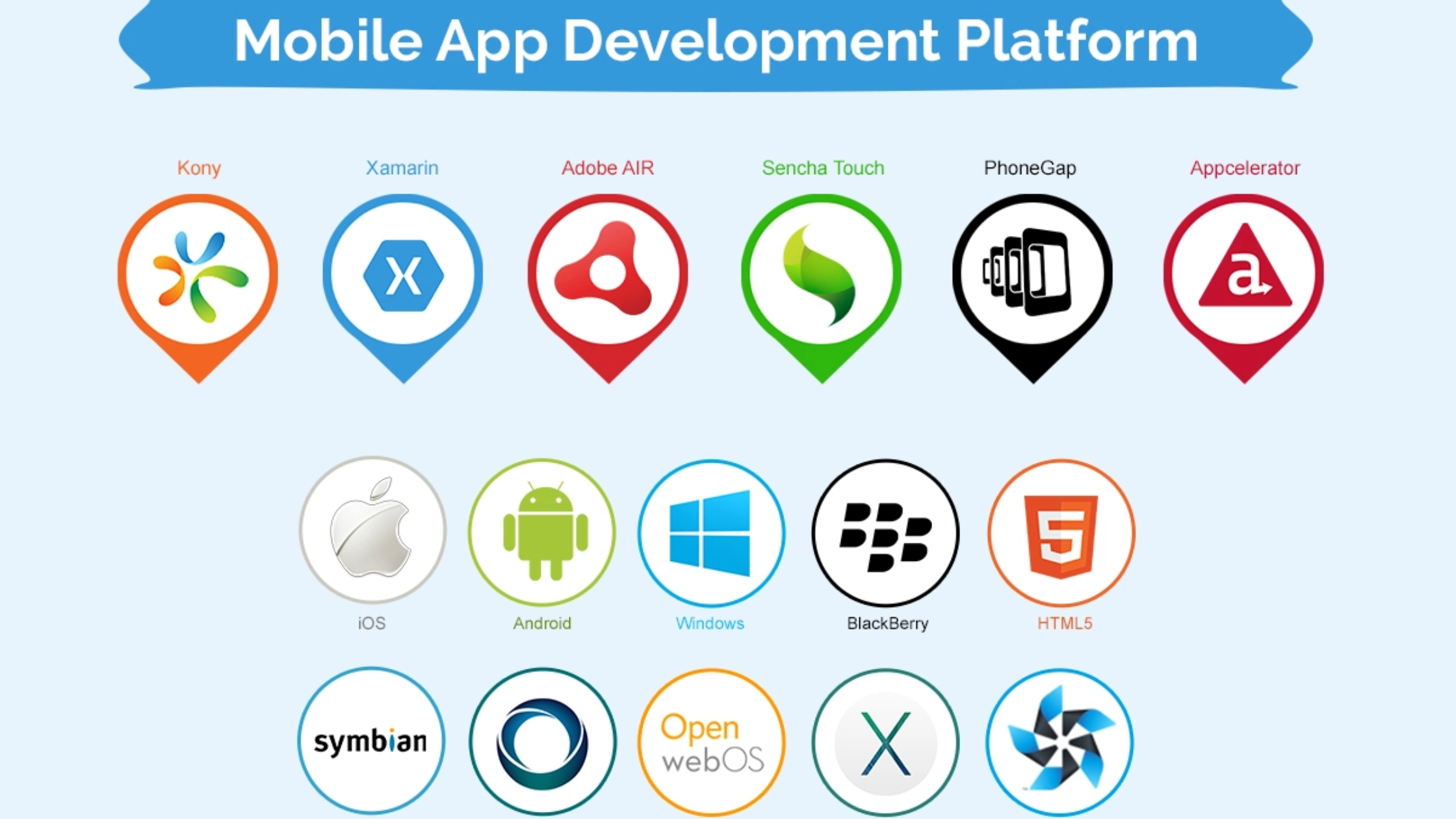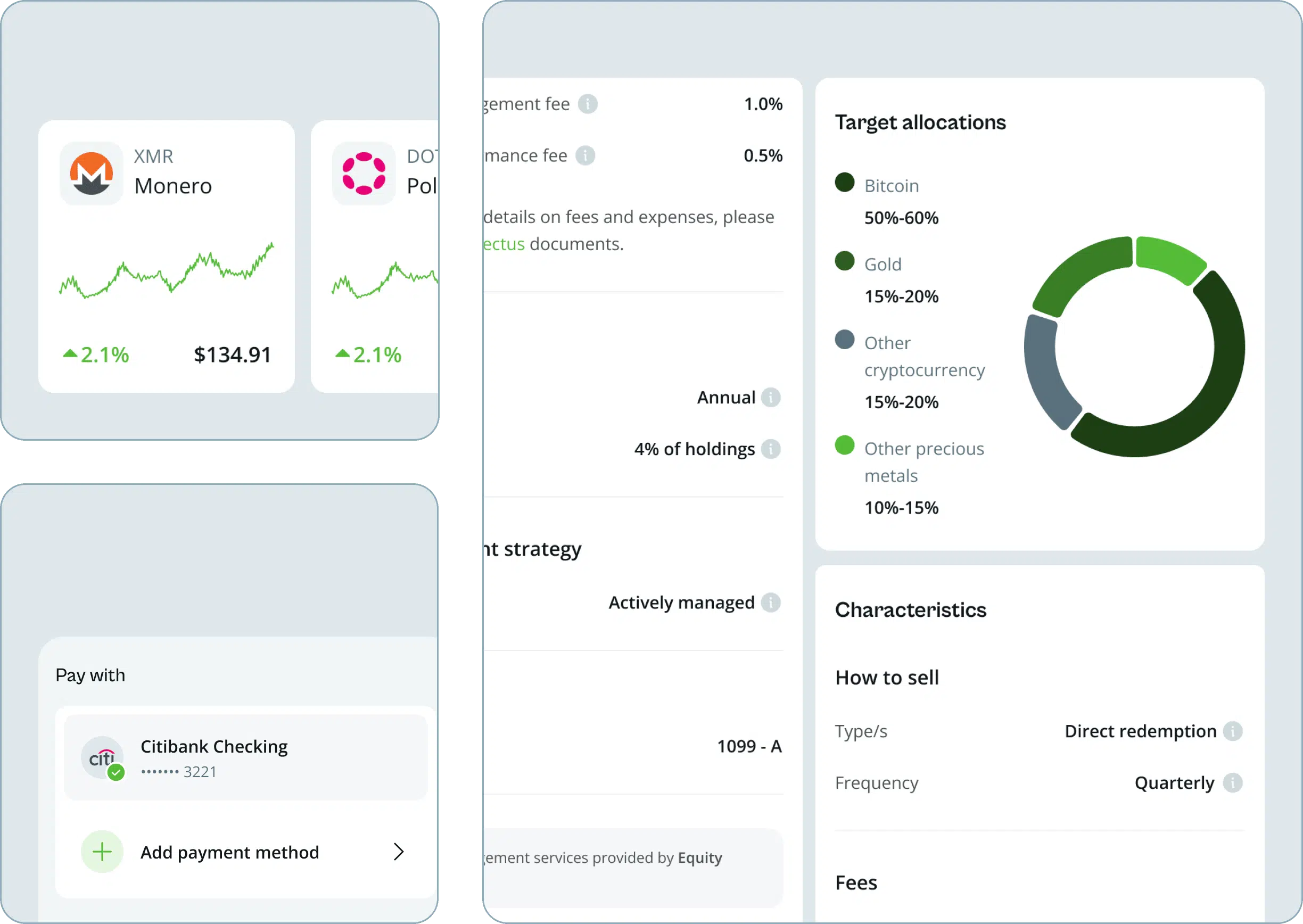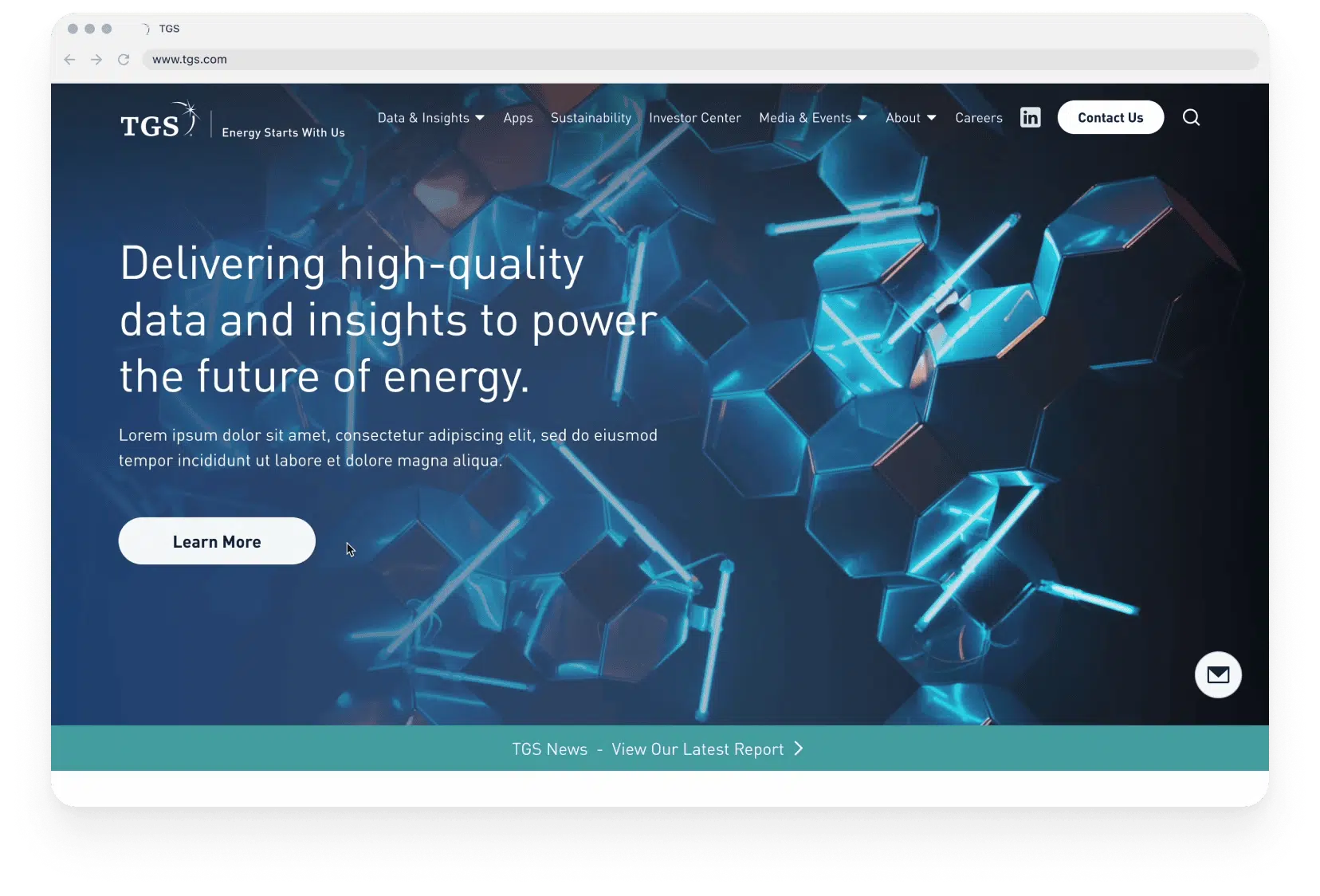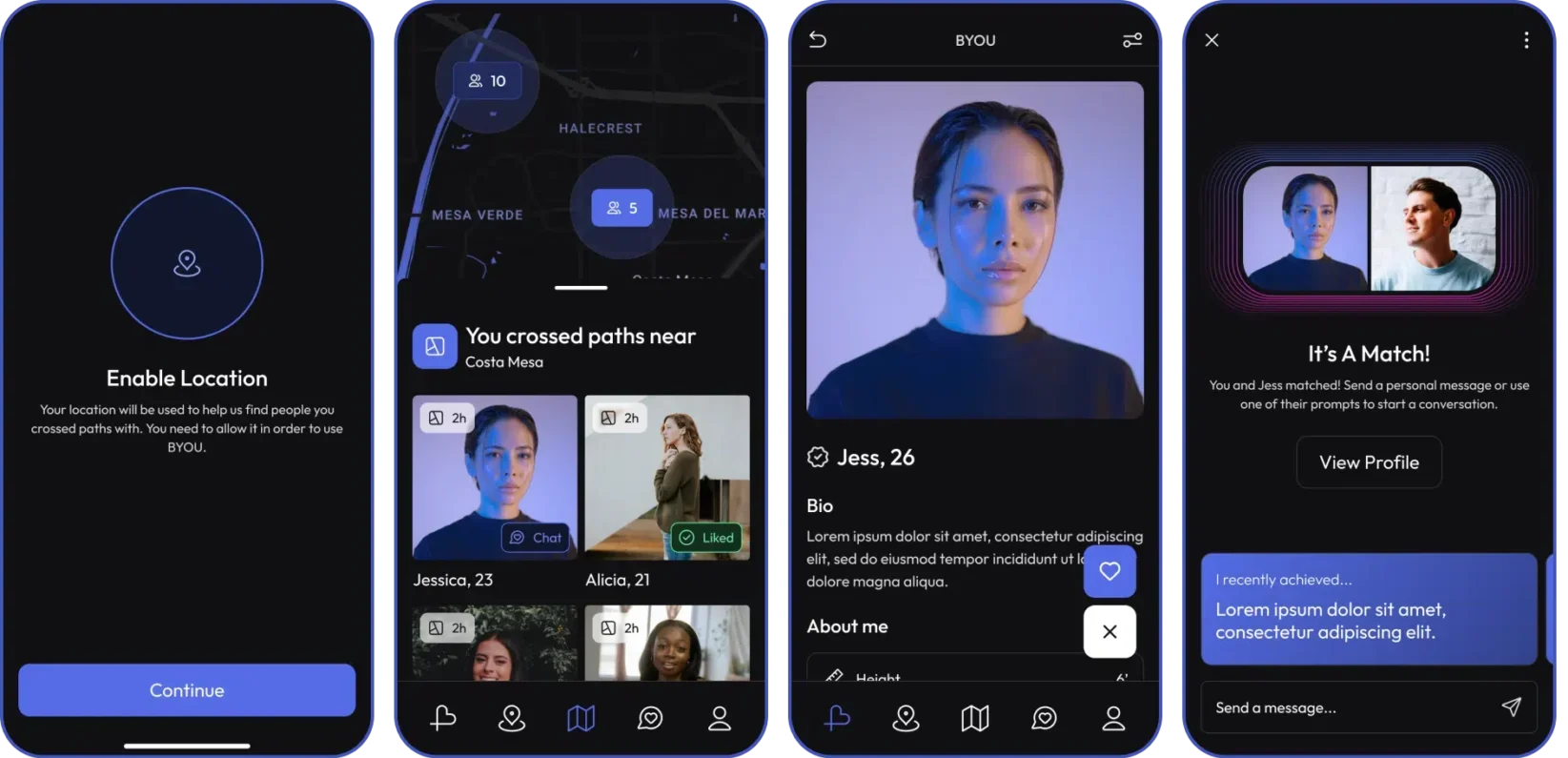The meaning of social media is always changing in this age of digital revolution. YouTube is a platform that has sparked ongoing debate around the question: is YouTube social media? YouTube’s influence has grown far beyond its status as a simple video-sharing site. With billions of active users worldwide, it is more than just a place to watch videos—it’s also a social platform, a source of entertainment, and a powerful tool for both business and personal use. Many still ask, is YouTube social media, or does it stand apart as a unique digital entity?
This blog will examine YouTube’s role as a social media platform, exploring its similarities and differences compared to traditional networks. In the sections that follow, we’ll break down its core features, benefits, and the ways businesses, influencers, and users engage with it. Ultimately, we’ll assess is YouTube social media in the truest sense—and whether it qualifies as a full-fledged social network.
Understanding Social Media
To completely understand if YouTube is social media, we must first define what social media is. Social media platforms are distinguished by their capacity to encourage interaction, content exchange, and community development. Users can utilise these platforms to produce and share content, as well as interact with others via likes, comments, shares, and following.
Platforms across the web, from Facebook to Instagram, offer tools for connecting and creating content. This participatory nature creates a dynamic communication environment in which organisations and individuals may network, influence, and inform one another.
Why YouTube is Often Compared to Social Media

YouTube stands out for its powerful social media-like structure. While its primary function is video sharing, YouTube also includes features such as comments, likes, subscriptions, and shares, which are all essential components of social networking. You may leave comments on videos, build playlists, follow channels, and even post videos to your own social network pages.
This poses the issue, “Is YouTube social media?” While YouTube is primarily a video site, it has crucial characteristics that make it similar to traditional social networking platforms.
Key Features of Social Media
- User-generated content
- Engagement (likes, comments, shares)
- Community building
- Networking and branding
The Role of YouTube in the Digital Ecosystem
YouTube has undeniably influenced the present digital world. With over 2 billion monthly active users, it is more than simply an entertainment platform; it is also a hub for knowledge, education, and corporate marketing. The basic question remains: is YouTube social media?
YouTube’s Social Media Features YouTube’s key social media-like features include:
- Comments and Interaction: Users engage with content creators through comments, and video responses allow a level of interaction that mirrors traditional social media.
- Subscribing to Channels: Similar to following someone on Instagram or Twitter, subscribing to a YouTube channel allows users to stay updated on new content from their favorite creators.
- Likes, Dislikes, and Shares: Interaction is a core aspect of YouTube. Viewers can like or dislike videos, and sharing content across other social media platforms is commonplace.
- Live Streams: YouTube’s live streaming capabilities have made it a real-time engagement platform for creators and viewers alike.
So, is YouTube social media? These features align YouTube with what we traditionally think of as social media—interactive, dynamic, and community-driven.
Business Implications
Businesses also use YouTube’s social features for digital marketing purposes. Companies employ video marketing strategies to sell their products and services, as well as to increase brand loyalty. This type of marketing is consistent with traditional social media marketing strategies where brand interaction is a top goal.
Comparing YouTube with Other Social Media Platforms
To understand YouTube’s position within the realm of social media, we need to compare it with established social platforms like Facebook, Twitter, and Instagram.
YouTube vs Facebook, While both platforms allow users to create and connect, YouTube is predominantly video-focused, whereas Facebook supports a broader range of content types such as text posts, photographs, and links. Similar to YouTube’s algorithm, Facebook’s algorithm promotes content that produces engagement, however it focusses more on status updates, photographs, and text.
YouTube vs. Instagram Instagram is heavily visual, with a focus on images and short videos. YouTube, on the other hand, excels in long-form content. While both platforms have influencers and brand partnerships, YouTube’s content creation tools allow for more in-depth storytelling, which makes it particularly effective for businesses using video marketing strategies.
YouTube vs. Twitter, Twitter encourages short, text-based conversations, but YouTube thrives on lengthy video content. However, both platforms employ hashtags to help users find relevant material and engage in trends and conversations.
When all of these platforms are considered, it is evident that YouTube provides a high amount of social interaction and community-building—both of which are essential to the definition of social media.
The Impact of YouTube on Business and Marketing
YouTube is more than just a content-sharing platform—it’s a powerful marketing tool. Brands worldwide have adopted video marketing strategies to reach their audiences more effectively. Let’s explore how businesses are using YouTube in innovative ways.
Video marketing strategies on YouTube
- Product Demonstrations: Many brands use YouTube to showcase their products through tutorial videos, helping customers make informed purchase decisions.
- Brand Awareness: YouTube allows businesses to build brand recognition through engaging, shareable video content.
- Customer Testimonials: User-generated content, such as reviews and testimonials, is another strategy businesses employ to build trust and authenticity.
- Influencer Marketing: Collaborating with popular YouTubers has become a key marketing strategy. Influencers have a direct impact on brand awareness and customer engagement.
The widespread use of YouTube in video marketing strategies suggests that the platform does not just serve as a place for video viewing, but it is indeed a vital social media tool for business growth.
The Future of YouTube as a Social Media Platform
As the digital landscape evolves, so too does the role of YouTube. The platform is not just a video-sharing service; it is becoming an integral part of the social media ecosystem. As YouTube continues to refine its social features, its influence on social media will only grow.
YouTube’s Social Impact With a variety of new features and updates aimed at improving user engagement, YouTube is slowly morphing into a full-fledged social media platform. The introduction of community posts, Stories, and other interactive elements signals its intent to bridge the gap between content creation and social networking.
Future Trends
- Enhanced live streaming options
- More interactive features for viewers
- Increased focus on community engagement
- Integration with other social media platforms for cross-promotion
In the future, we may see YouTube becoming an even more integrated social platform, with a more interactive experience for users and businesses alike.
Conclusion:
In conclusion, Is YouTube social media? While initially conceived as a video-sharing platform, YouTube has evolved into a dynamic ecosystem that integrates numerous social media features. With its ability to foster user engagement through comments, likes, subscriptions, and live streaming, YouTube mirrors the core elements of traditional social networks. Moreover, its role as a powerful tool for businesses—particularly through video marketing strategies—cements its place as an influential part of the social media landscape.
Though it differs in its focus on video content, YouTube has embraced the social media model by prioritizing community interaction, content sharing, and user-generated material. As it continues to adapt and innovate with new features like community posts and enhanced live streaming, it is clear that YouTube is not only a video platform but an essential social media tool. Therefore, it is safe to classify YouTube as a form of social media, further reinforcing its significant impact on both individuals and businesses in the digital age.
In the future, we can expect YouTube to strengthen its social aspects, becoming an even more integrated part of the social media ecosystem, offering a richer, more interactive experience for its vast user base.

